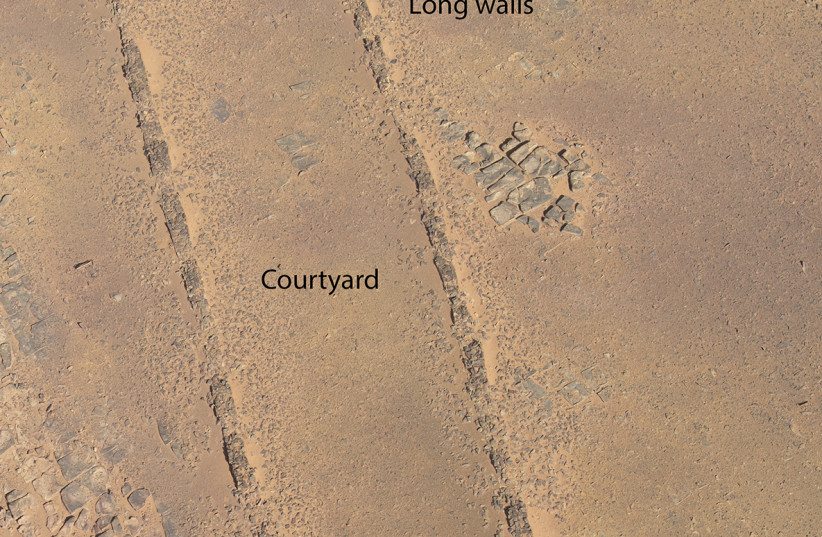A new discovery of stone monuments in Saudi Arabia has shed light on ritual methods including animal slaughter during the Late Neolithic period, according to the Australian archaeologists who made the find.
The analysis of the stone monuments, known as mustatils, was published Wednesday in the peer-reviewed journal PLOS ONE.
What are mustatils?
Excavations have indicated that mustatils were used for ritualistic purposes involving the placement of animal offerings.
The stone objects are rectangular, low-walled and range from 20 to 600 meters in length. Researchers first discovered them in the 1970s, and since then more than 1,600 mustatils have been unearthed, mainly in northern Saudi Arabia. They were originally built about 7,000 years ago.

In the new study, the research team led a thorough excavation at a 140-meter-long mustatil located near the city of Alula.
Based on their findings, which included the identification of 260 fragments of animal skulls and horns, primarily from domestic cattle, as well as from domestic goats, and gazelle, the researchers suggest that ritualistic belief and economic factors were more closely fused for Neolithic people in northwest Arabia than previously believed.
The authors, based at the University of Western Australia, Perth, said: “The ritual deposition of animal horns and upper cranial element within the mustatil suggests a profound intersection of belief and economic life-ways in the Late Neolithic of Northern Arabia. The incorporation of these two facets suggests a deeply rooted ideological entanglement, one which was shared over a vast geographic distance, indicating a far more interconnected landscape and culture than had previously been supposed for the Neolithic period in north-west Arabia.”
The unearthed bones offer some of the earliest evidence of the domestication of cattle in the area. The team also expressed the belief that the site may have been the destination of numerous pilgrimages due to the discovery of the interment of an adult human male and evidence for several phases of offerings at the mustatil.
